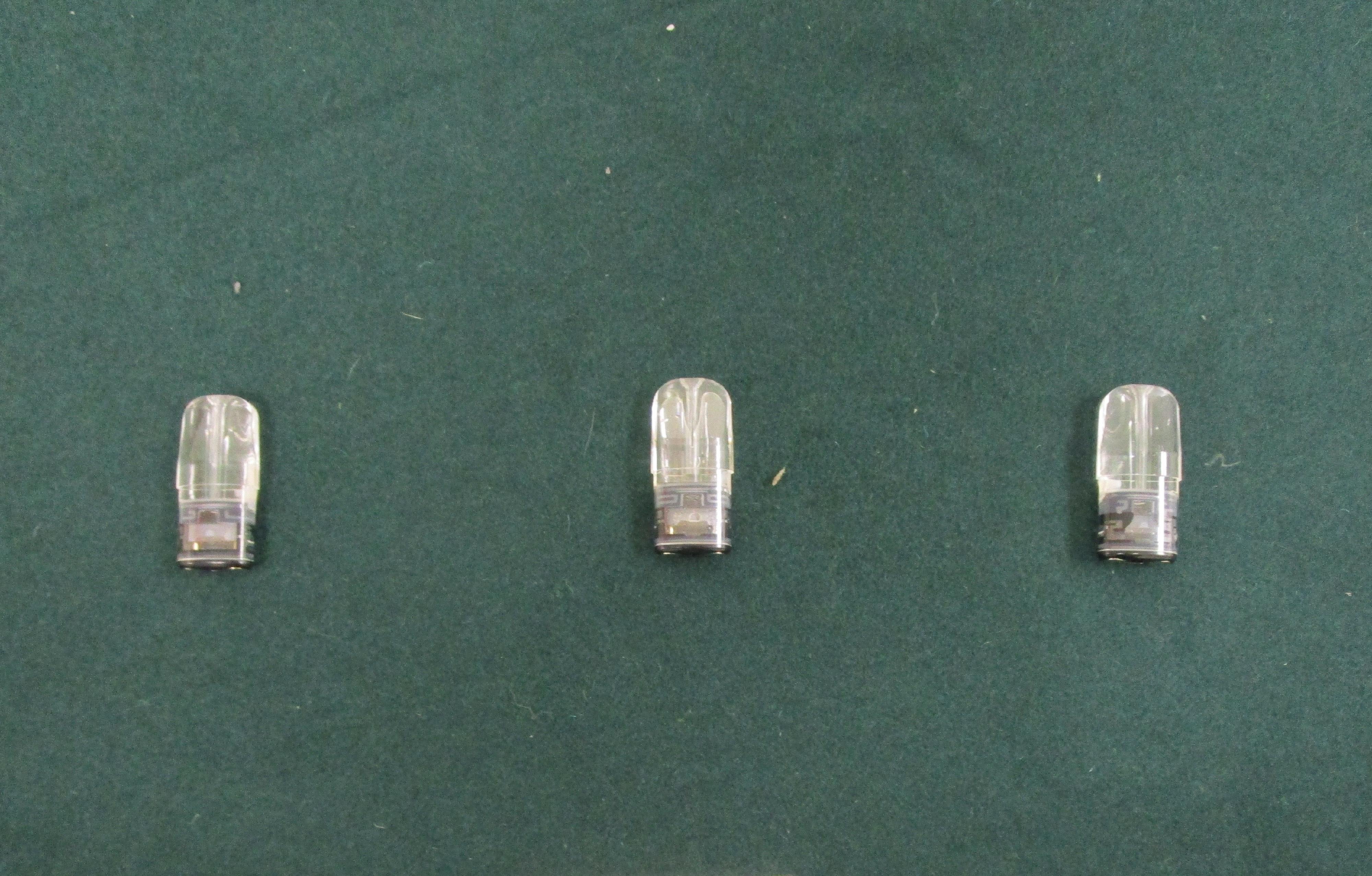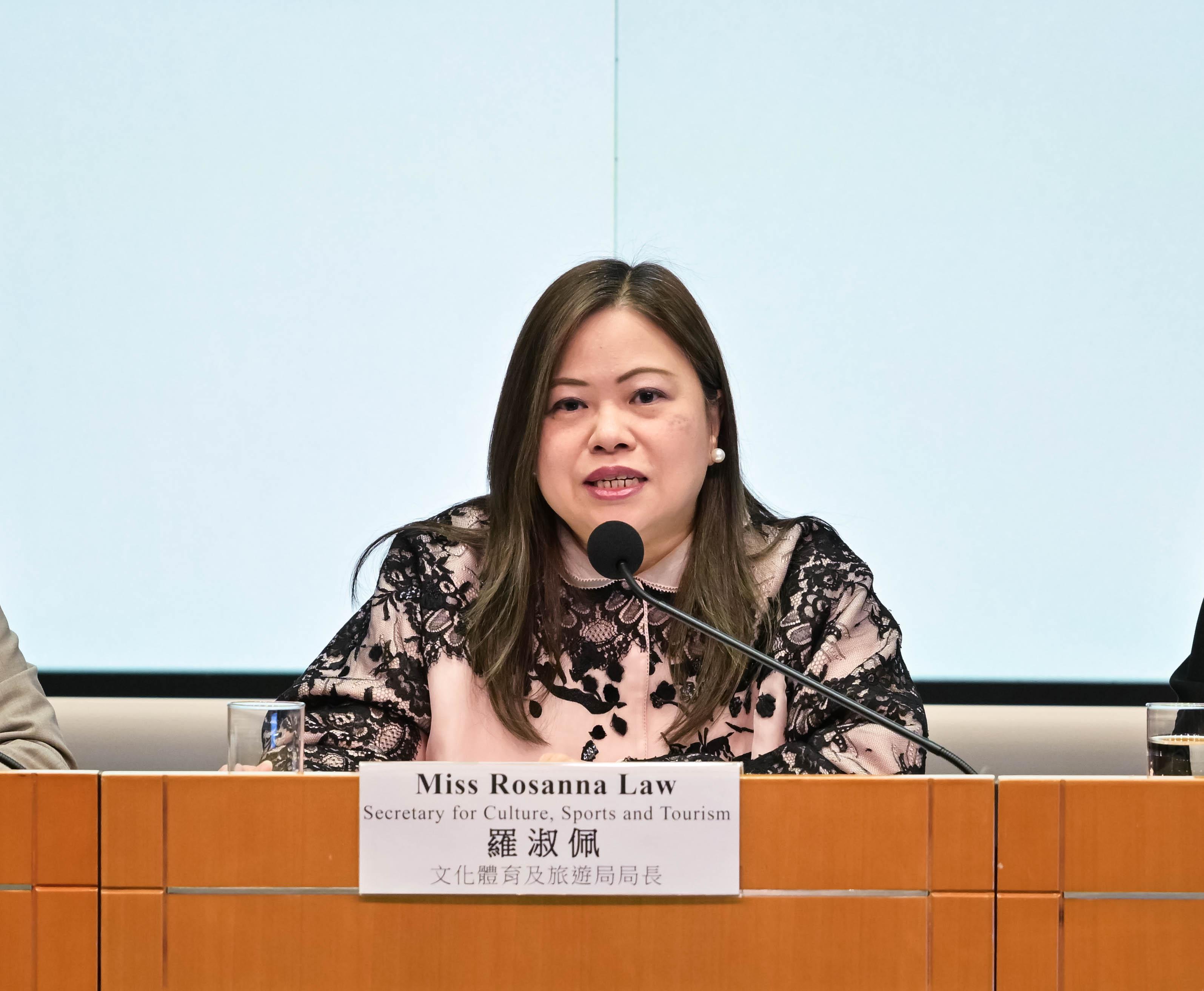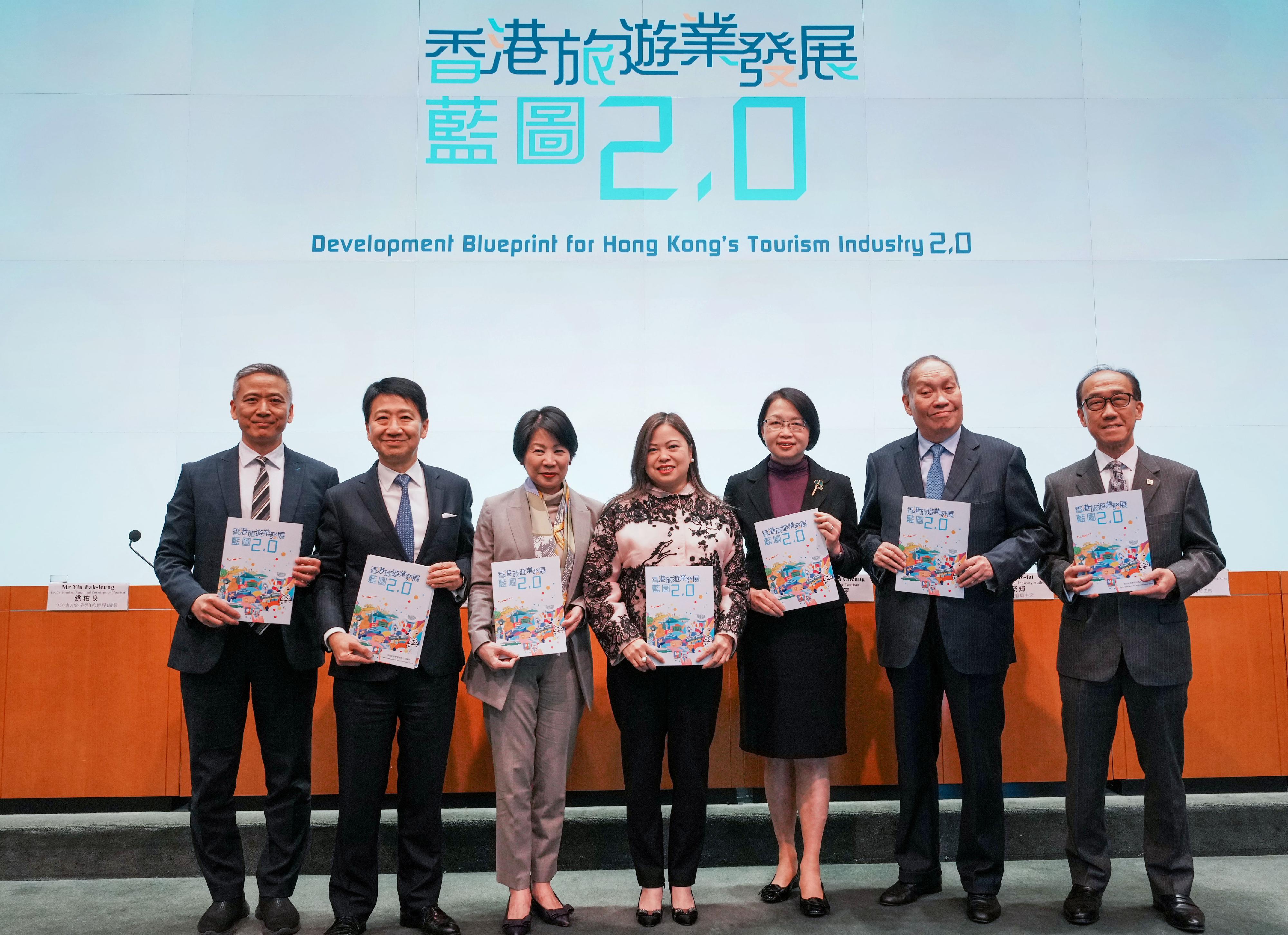The Secretary for Culture, Sports and Tourism, Miss Rosanna Law, promulgated the Development Blueprint for Hong Kong’s Tourism Industry 2.0 (Blueprint 2.0) today (December 30).
Miss Law said, “Blueprint 2.0 has three key messages. The first is that Hong Kong is an international tourist city with the advantage of being backed by the motherland. We must make good use of the Central Government’s policies that benefit Hong Kong to promote the all-round development of Hong Kong’s tourism industry. Second, everyone can contribute to the development of tourism in Hong Kong. Apart from the Government’s policy support and promotion, all sectors must keep a finger on the pulse of the market and seize opportunities to identify, respond to and steer changes. If all Hong Kong citizens work together, we can provide visitors with the highest quality hospitality and services by putting customers first and serving them with sincerity, so that visitors will come back time and again. Third, Hong Kong has obvious traditional tourism advantages, including world-class tourist attractions, cuisine, urban management and transport systems. We must continue to strengthen these advantages and optimise our hardware facilities. At the same time, we must also explore new tourism resources, including injecting momentum and freshness into the city through soft power such as mega events and festivals, to enhance the ambiance of the tourist city to attract tourists from all over the world and create a home-away-from-home travel experience for them.”
Blueprint 2.0 proposes a forward-looking and pragmatic vision and mission for Hong Kong’s tourism industry, proposing four positions, four development strategies and 133 measures. The four positions of Hong Kong’s tourism industry include (i) reinforcing the role of an international tourism hub and a core demonstration zone for multi-destination tourism; (ii) highlighting the unique elements of Hong Kong’s local cultural characteristics that are irreplaceable and unrepeatable and making good use of its positioning as the East-meets-West centre for international cultural exchange, with a view to achieving “shaping tourism with cultural activities and promoting culture through tourism”; (iii) upholding Hong Kong’s positioning as a city with high-quality tourism experiences; and (iv) stressing the importance of quality over quantity in development to build Hong Kong into a demonstration point for sustainable tourism. The four development strategies include:
Strategy 1: Nurture and develop tourism products – To nurture and develop tourism products and initiatives with local and international characteristics
Covering 46 measures. This strategy focuses on promoting the in-depth integration of tourism with four areas, namely culture, sports, ecology and mega events, in which Hong Kong possesses world-class resources that have yet to be fully presented to global visitors. It aims to craft a series of distinctive and attractive tourism products and projects to attract global visitors to explore in-depth Hong Kong’s rich and diversified unique tourism resources, with a view to enhancing Hong Kong’s attractiveness as a world-class premier tourism destination.
Strategy 2: Visitors from all parts of the world gather in Hong Kong – To develop a diversified portfolio of visitor source markets for Hong Kong, with a focus on attracting high value-added overnight visitors
Covering 37 measures. This strategy adopts two key dimensions: developing potential source markets while consolidating existing core markets, and rolling out promotions targeting the characteristics of specific segments to encourage more meetings, incentives, conventions and exhibitions visitors and cruise passengers to visit Hong Kong. It also aims to expand silver-haired, family, study tour and youth source markets for attracting high-value added visitors.
Strategy 3: Intelligent and convenient travel to Hong Kong – To promote smart tourism
Covering 19 measures. Directions include facilitating and enhancing visitors’ experiences and improving the competitiveness of the industry. Through the use of modern information technology such as electronic platforms, big data and artificial intelligence, Hong Kong will further enhance the smart level of tourism services and add smart elements to tourist attractions to provide visitors with a more convenient, efficient and user-friendly travel experience.
Strategy 4: Quality services for visitors – To enhance the service quality and support of the tourism industry on all fronts and to cultivate talent
Covering 31 measures. Hong Kong has positioned itself as a destination providing high-quality tourism experiences. Quality service is essential in welcoming visitors. This strategy aims to attract talent, nurture professionals, enhance service quality and improve hardware support.
Miss Law said, “We would like to express our heartfelt gratitude to the travel trade for putting forward a lot of invaluable opinions throughout the whole process of outlining Blueprint 2.0. The tourism industry involves various sections of services, and the all-round industry development depends on the support and participation of the entire community. We call for establishing awareness that ‘Everyone is a tourism ambassador’ among all citizens who will be able to receive every visitor with enthusiasm and friendliness and spread the positive energy and image of Hong Kong to cultivate a harmonious, cohesive and vibrant tourism atmosphere together. The Culture, Sports and Tourism Bureau (CSTB) will continue to lead the travel trade in enhancing Hong Kong’s tourism competitiveness in all aspects, reinvigorate Hong Kong’s tourism industry, and jointly contribute to the healthy and prosperous development of Hong Kong’s tourism industry.”
The full text of Blueprint 2.0 has been uploaded to the website of the CSTB (www.cstb.gov.hk/en/).
The 2023 Policy Address announced that the CSTB will promulgate Blueprint 2.0 in 2024. Since April this year, the CSTB, together with research team Our Hong Kong Foundation, has conducted trade consultation for around two months and received over 1 000 suggestions from over 110 trade organisations in 27 physical consultation sessions. It has also analysed the strengths, development limitations, challenges and opportunities of Hong Kong’s tourism industry, as well as the tourism development plans of neighbouring regions in formulating Blueprint 2.0.
read more






